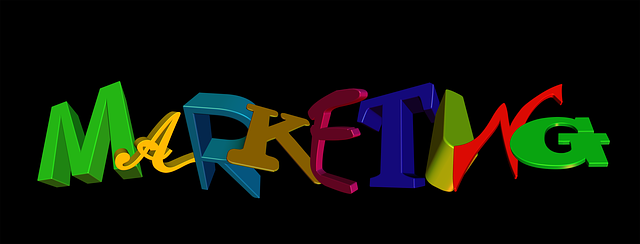AI-driven simulations revolutionize user experience (UX) design and training effectiveness by enabling precise tracking of user effort, particularly in balance beam posture scoring. Advanced algorithms analyze body mechanics with remarkable accuracy, adapting to individual differences for personalized assessments. This technology enhances realism, identifies ergonomic issues, and provides tailored feedback, fostering more intuitive and effective learning environments, especially in physical training simulations like the balance beam.
In today’s digital era, smart simulations are revolutionizing user experience design by precisely tracking user effort. This article explores three key components of this process: AI integration for nuanced user effort tracking, the role of AI-driven balance beam posture scoring, and advanced AI algorithms for enhanced realism and feedback loops. By leveraging these technologies, simulations become dynamic tools that cater to users’ needs, ensuring optimal engagement and outcomes.
- AI Integration for Precise User Effort Tracking in Simulations
- The Role of Balance Beam Posture Scoring in User Experience Design
- Enhancing Realism and Feedback Loop with Advanced AI Algorithms
AI Integration for Precise User Effort Tracking in Simulations

The integration of Artificial Intelligence (AI) has revolutionized smart simulations, enabling precise tracking and measurement of user effort. AI algorithms, particularly those focused on balance beam posture scoring in simulation, analyze users’ movements and behaviors with unprecedented accuracy. These systems can adapt to individual differences, providing a personalized assessment of physical performance. By learning from vast datasets, AI models identify subtle cues in body mechanics, ensuring every detail of the user’s stance is captured during simulations.
This advanced technology allows for more dynamic and realistic simulations, where the virtual environment adapts to the user’s efforts. For instance, an AI-powered balance beam simulation can adjust its difficulty level based on real-time performance, creating a tailored challenge. This interactivity offers numerous benefits, from enhanced training programs for athletes to improved rehabilitation exercises, ensuring users receive customized guidance throughout their practice sessions.
The Role of Balance Beam Posture Scoring in User Experience Design

In the realm of user experience design, AI-driven balance beam posture scoring within simulations plays a pivotal role in enhancing precision and understanding of human behavior. By meticulously tracking and analyzing an individual’s posture during interactive simulations, this technology offers valuable insights into how users engage with digital interfaces. Such data is crucial for identifying areas where designs might be causing unnecessary strain or discomfort, enabling designers to make informed adjustments that prioritize user comfort.
The AI balance beam posture scoring system functions by breaking down complex movements and positions into measurable metrics. This allows designers to quantify aspects of posture like sway, flexion, and extension, which can then be correlated with specific user tasks and interface elements. This correlative analysis facilitates the creation of more intuitive and ergonomically sound interfaces, ultimately improving overall user satisfaction and performance in simulated environments.
Enhancing Realism and Feedback Loop with Advanced AI Algorithms

In smart simulations, enhancing realism is paramount to create an immersive experience. Advanced AI algorithms play a pivotal role in this regard, as they can analyze and replicate human movements with remarkable accuracy. By leveraging machine learning techniques, these algorithms adapt to individual user behaviors, ensuring each simulation session feels unique and personalized. For instance, in physical training simulations like balance beam exercises, AI can precisely score posture and movement, providing real-time feedback that mirrors professional coaching. This level of detail not only improves the effectiveness of practice sessions but also fosters a deeper understanding of techniques.
The feedback loop in these simulations is another area where AI excels. Intelligent algorithms can detect even subtle errors in user performance and offer tailored suggestions for improvement. This iterative process, powered by AI, allows users to learn from their mistakes and refine their skills over time. In the context of balance beam posture scoring in simulation, AI can identify issues like incorrect foot placement or misaligned body positioning, guiding users on how to adjust their movements for optimal performance. Such sophisticated feedback mechanisms are transformative, enabling users to achieve higher levels of proficiency more efficiently.
Smart simulations, powered by AI integration and advanced algorithms, are revolutionizing user effort tracking. By employing techniques like AI balance beam posture scoring, these simulations offer unprecedented precision in measuring user interactions. This not only enhances realism but also creates a more engaging and tailored user experience. As the field of simulation continues to evolve, leveraging AI for nuanced user feedback loops will be key to developing innovative solutions that meet users’ needs effectively.
